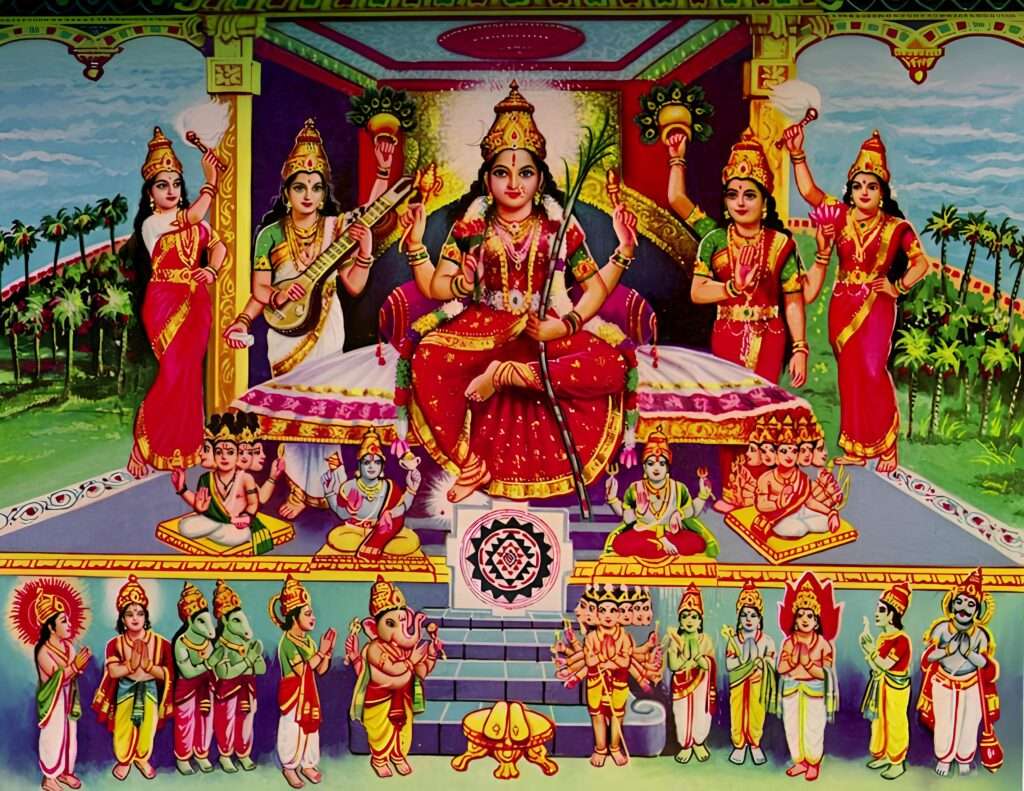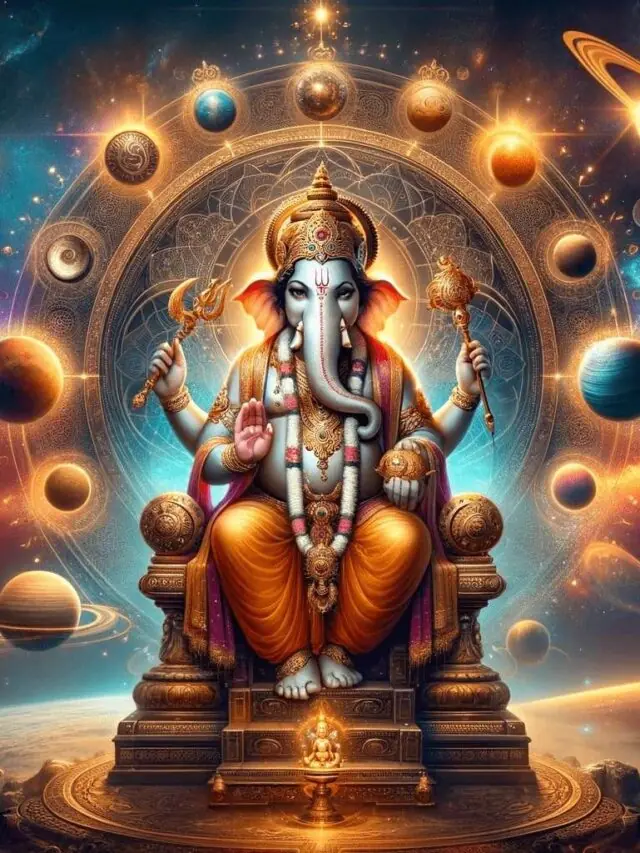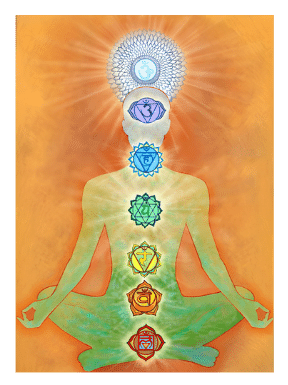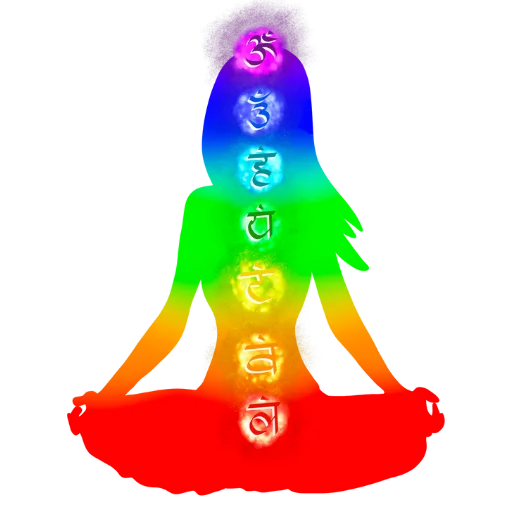Our expert Vedic astrologers with over 10 years of research experience will analyze key dimensions of your life journey, including:
- Natal Chart Analysis
- Planet, House and Nakshatra Positions
- Ashtakvarga System and Interpretations
- Extensive Yogini and Vimshottari Dasha Predictions
- Navamsa (D9) and Dashamsa (D10) Charts Explained
- Lal Kitab Remedies with Varshaphala
- Personalized Gemstone and Mantra Guidance
With this one-of-a-kind 2024 Jyotish report, gain clarity on relationships, career, finances, family matters, health, and spirituality. Implement customized rituals, yagyas, gemstones and remedial measures to overcome challenges and amplify prosperity.
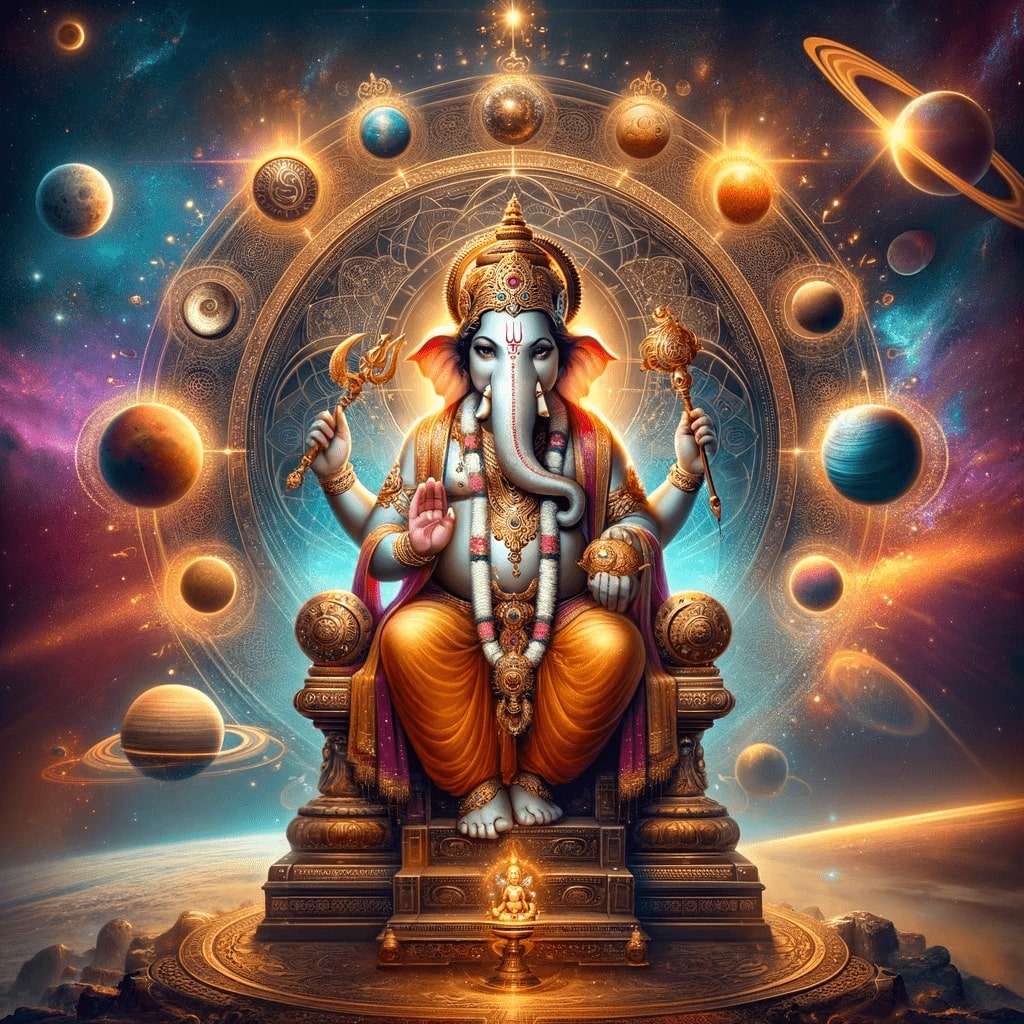
Your Personalized Report Includes:
- Detailed Interpretation of Your Natal Chart: Gain an accurate map of your innate strengths, weaknesses, talents and challenges from an analysis of the house, zodiac, nakshatra and planetary alignments at your precise birth time.
- Navamsa & Dashamsa Chart Insights: The D9 navamsa and D10 dashamsa charts provide deeper revelations into your relationships & marriages and career & public life respectively.
- Vimshottari & Yogini Dasha Forecasts: Discover the cosmic timing of key life events through the precise forecasts of your mahadasha-bhukti timeline over the next 20 years.
- Extensive Ashtakvarga & Gochara Interpretations: Pinpoint auspicious and challenging times ahead through multi-layered interpretations of transiting planetary influences.
- Tailored Remedial Measures: Overcome negative imprints & amplify fortune through rituals, gemstones, mantras, colors and more suggested only for you.
Our personalized approach analyzes the subtleties of your case history to make accurate life predictions. With guidance across health, family, relationships, spiritual growth, education and finances – this 20-page masterpiece leaves no area untouched.
Delivered as a beautifully bound book of 20 pages, this is more than a report – it is a treasured life guide. And at just $30, our commitment remains on privileged clients by limiting reports to 4 per day.
Frequently Asked Questions
- How long will it take to get my 20-page analysis?
Please allow 10-15 business days for the complete personalised preparation of your 20-page Vedic birth chart analysis. - What is the credibility of your predictions?
With over 10 years analysing 12,800+ birth charts, our founder Pandit Divyanshu provides guidance with proven & unprecedented accuracy. - What areas of my life will this report cover?
You’ll receive extensive predictions & remedies covering your relationships, career, finances, health, family matters, education and spirituality. - Will this report help me find solutions to problems?
Yes, you’ll get tailored rituals, gemstones, colours, mantras and more to amplify fortune areas and counter current challenges. - How is this report personalised?
This report does NOT use computer-generated, generic analysis templates. Our astrology expert Pandit Divyanshu personally analyzes the subtle details of your natal chart. - Why are you limiting to 4 reports per day?
To ensure the highest quality analysis with each case history given proper focus and time, we can only prepare 4 reports daily. - What makes your predictions more accurate?
Our nuanced, 20-page analysis and reference of 12,800+ successfully interpreted life patterns results in unprecedented accuracy of forecasts. - What is the credibility of your astrologer?
Our astrologer Divyanshu comes from an esteemed lineage of astrologers trained under the gurukul tradition of India to master authentic, classical techniques of Jyotish and has been spreading the wisdom of Vedic astrology for free on Vidhya Mitra platform. - How can this report help transform my life?
Accurate knowledge of upcoming challenges gives you the awareness to act. Overcome pitfalls, grab fortune by its horns and manifest your desired destiny through our guidance.

